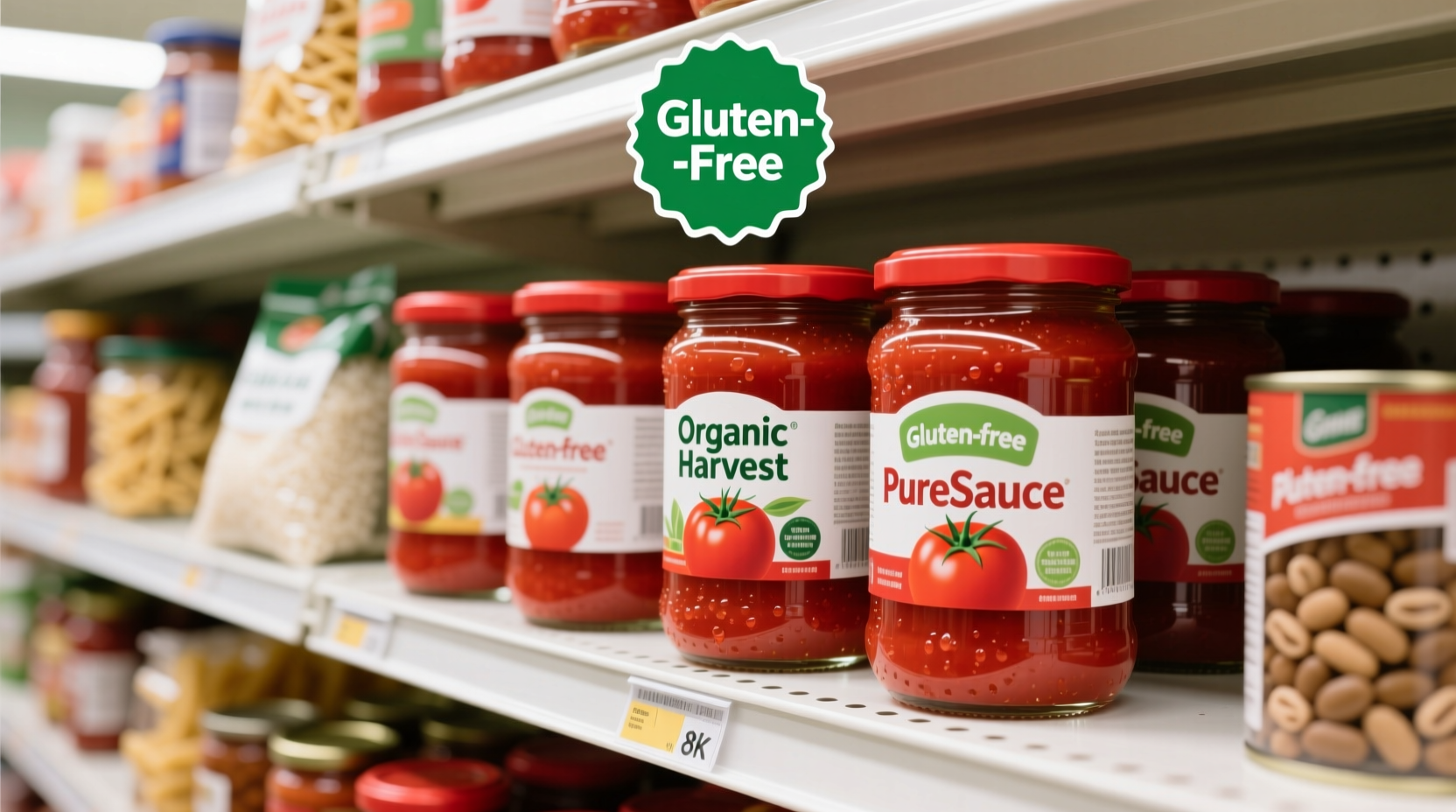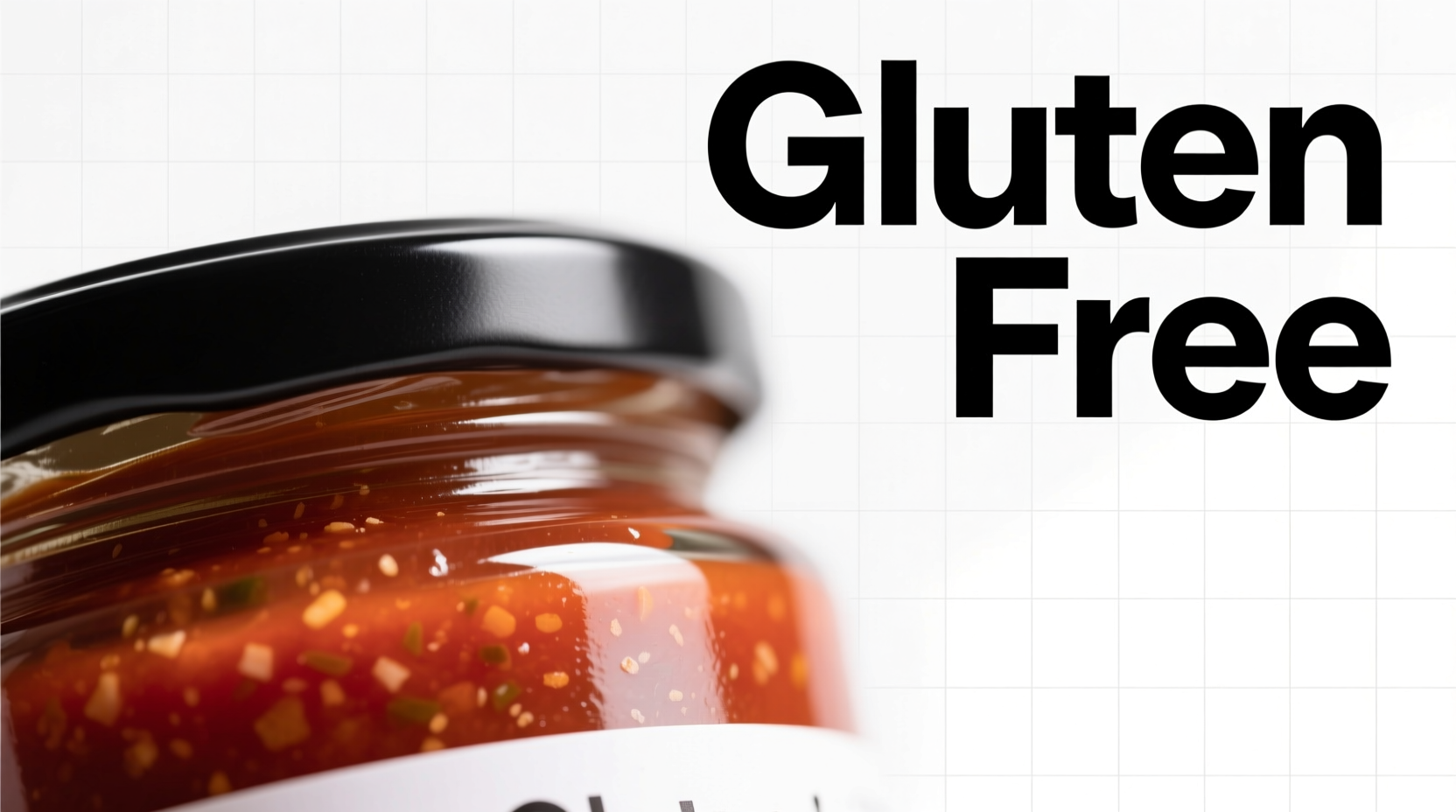Yes, pure tomato paste is naturally gluten-free as it contains only tomatoes and sometimes salt. However, some brands may add wheat-based thickeners or process products in facilities with gluten, creating cross-contamination risks. Always check labels for gluten-free certification or contact manufacturers directly for verification.
Discover exactly when tomato paste is safe for your gluten-free diet, which brands to trust, and how to avoid hidden gluten traps in your pantry. This guide provides clear, science-backed information to keep your meals safe and delicious.
What Makes Tomato Paste Naturally Gluten-Free
Traditional tomato paste consists of just two ingredients: concentrated tomatoes and occasionally salt. The U.S. Food and Drug Administration confirms that single-ingredient foods like plain tomato products don't contain gluten unless additives are introduced during processing.
Tomatoes themselves are naturally gluten-free, making the base product safe for those with celiac disease or gluten sensitivity. The concentration process—cooking down tomatoes to remove water—doesn't introduce any gluten-containing elements.
When Tomato Paste Might Contain Gluten
While the basic product is safe, several factors can compromise its gluten-free status:
- Added ingredients - Some manufacturers include wheat-based thickeners, flavor enhancers, or modified food starch
- Cross-contamination - Shared equipment with gluten-containing products in processing facilities
- Flavored varieties - Tomato paste with added herbs, spices, or seasonings that might contain gluten
- "Natural flavors" - This vague term could potentially include gluten-derived components
According to the Celiac Disease Foundation, approximately 15% of processed tomato products they've tested contained trace gluten due to manufacturing practices, even when not listed on labels.
| Brand | Gluten-Free Certified | Processing Facility Risk | Recommended for Strict GF Diets |
|---|---|---|---|
| Centos | Yes (GFCO) | Low (dedicated facility) | ✓ |
| Hunt's | No | Moderate (shared lines) | ✓ with verification |
| Muir Glen | Yes (GFCO) | Low | ✓ |
| Del Monte | No | High (multiple allergens) | ✗ |
| Trader Joe's | Varies by product | Moderate | ✓ with label check |
How to Verify Your Tomato Paste Is Truly Gluten-Free
Don't rely solely on package claims—follow these verification steps:
- Look for certification logos - The Gluten-Free Certification Organization (GFCO) mark indicates testing to 10ppm or less
- Read beyond the front label - "Gluten-free" claims on the front might not reflect actual manufacturing practices
- Contact the manufacturer - Ask specifically about shared equipment and testing protocols
- Check for hidden ingredients - Watch for terms like "modified food starch" (could be wheat-based outside US)
The Gluten Intolerance Group recommends calling manufacturers directly, as their policies can change without label updates. Many companies now maintain dedicated gluten-free product lines with separate production schedules.
Understanding Gluten-Free Labeling Evolution
Gluten-free labeling has significantly improved over the past decade:
- 2013 - FDA established the first official gluten-free labeling standard (less than 20ppm)
- 2014-2017 - Major manufacturers began implementing dedicated gluten-free production lines
- 2018-present - Third-party certification programs like GFCO have become industry standard for trustworthy verification
Before these standards, many "gluten-free" products contained unsafe gluten levels. Today, certified products undergo regular testing, providing much greater safety for those with celiac disease.

Safe Kitchen Practices for Gluten-Free Cooking
Even with verified gluten-free tomato paste, kitchen cross-contamination remains a risk:
- Use separate cans openers for gluten-free products
- Clean surfaces thoroughly before preparing gluten-free meals
- Store gluten-free tomato paste separately from other products
- Check other ingredients in your recipes—many sauces and seasonings contain hidden gluten
When making tomato-based sauces, remember that other ingredients like soy sauce, Worcestershire sauce, or pre-made spice blends often contain gluten. Always verify each component's status.
Common Misconceptions About Tomato Products and Gluten
Several myths persist in the gluten-free community:
- "All canned tomato products are safe" - Flavored varieties and some store brands may contain gluten
- "If it doesn't list wheat, it's gluten-free" - Barley malt vinegar or modified starch could still be present
- "Organic means gluten-free" - Organic certification doesn't address gluten content
- "Restaurant tomato sauce is safe" - Most restaurants use thickeners that contain gluten
According to a 2023 National Institutes of Health study, 32% of people following gluten-free diets experienced accidental exposure due to misunderstanding product labeling—highlighting the importance of careful verification.
Gluten-Free Tomato Paste Recipe Alternative
For complete control over ingredients, make your own:
- Peel and seed 4 pounds of ripe tomatoes
- Simmer in a non-reactive pot for 4-6 hours until reduced by 80%
- Strain through a fine mesh sieve
- Store in glass containers in the refrigerator for up to 2 weeks
This homemade version guarantees no hidden ingredients or cross-contamination. Freeze in ice cube trays for convenient portioning in recipes.
When in Doubt, Reach Out
If you're uncertain about a specific tomato paste product, contact the manufacturer directly. Most companies now have dedicated customer service lines for allergy and dietary concerns. The Celiac Disease Foundation maintains an updated list of companies with responsive customer service departments for gluten-related questions.











 浙公网安备
33010002000092号
浙公网安备
33010002000092号 浙B2-20120091-4
浙B2-20120091-4